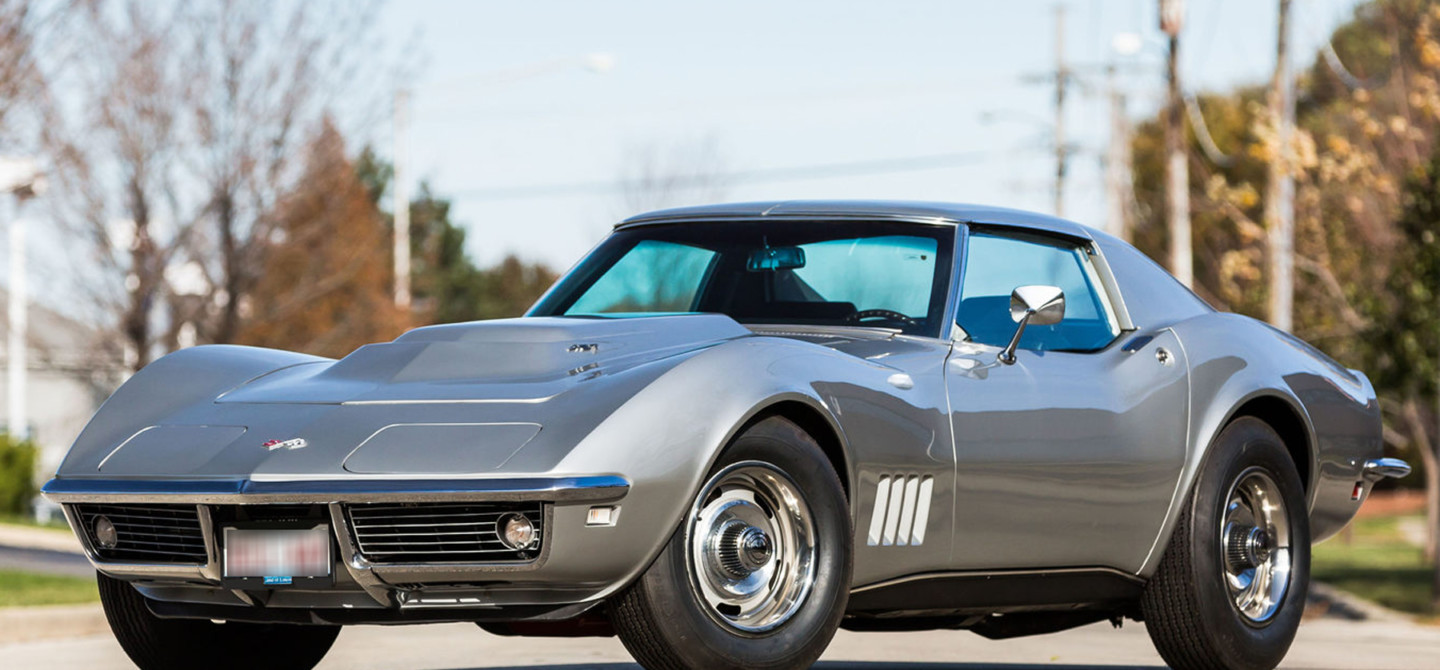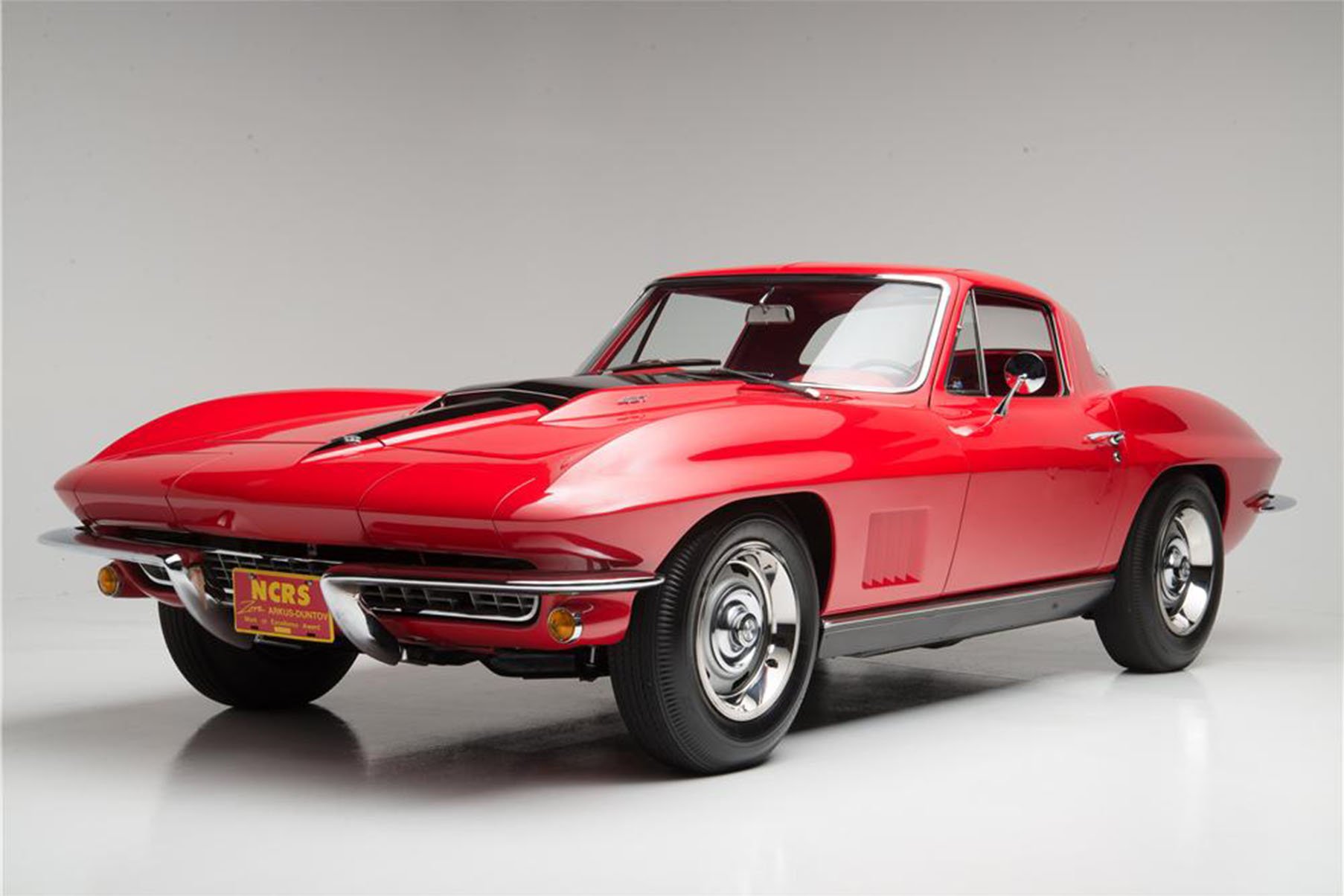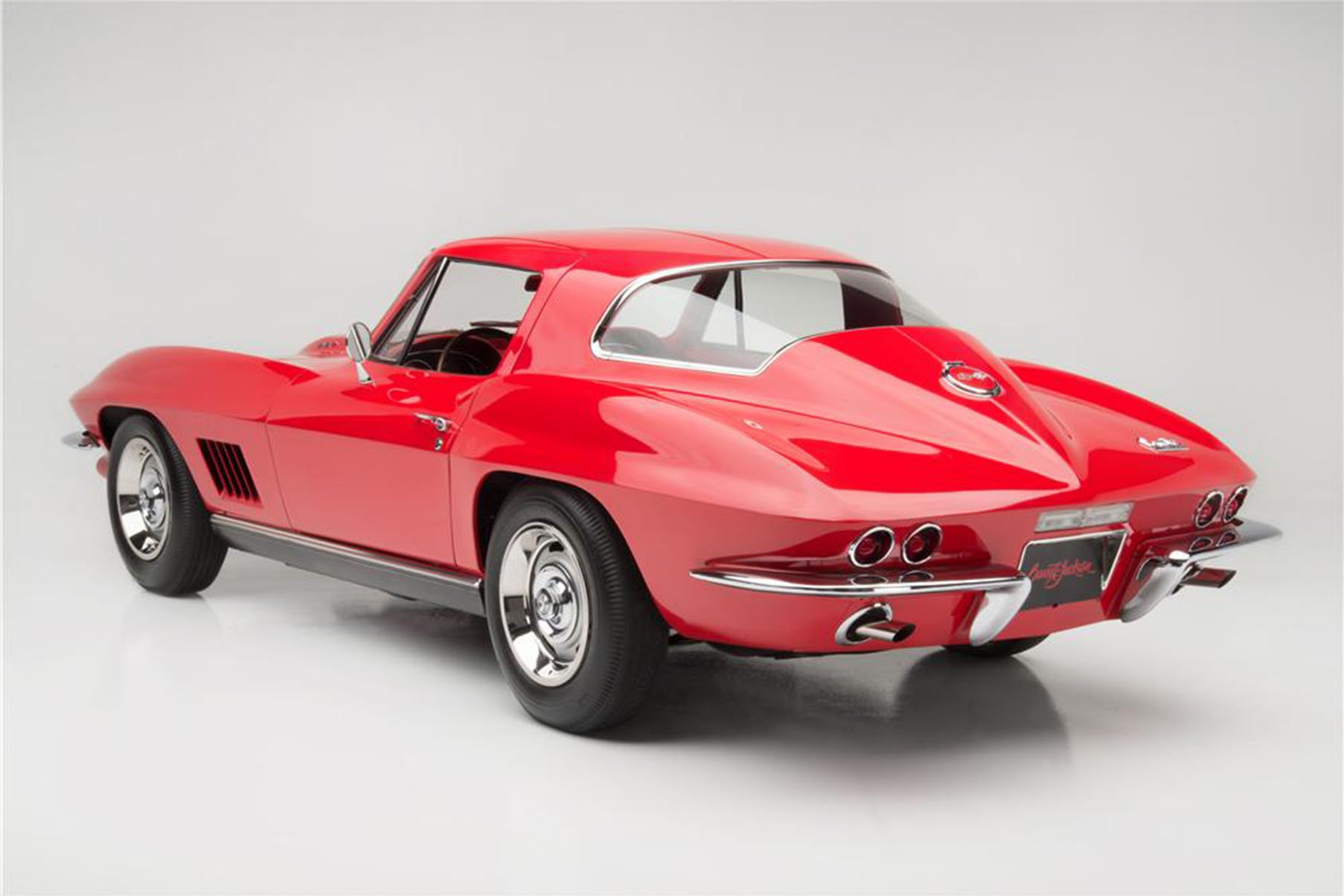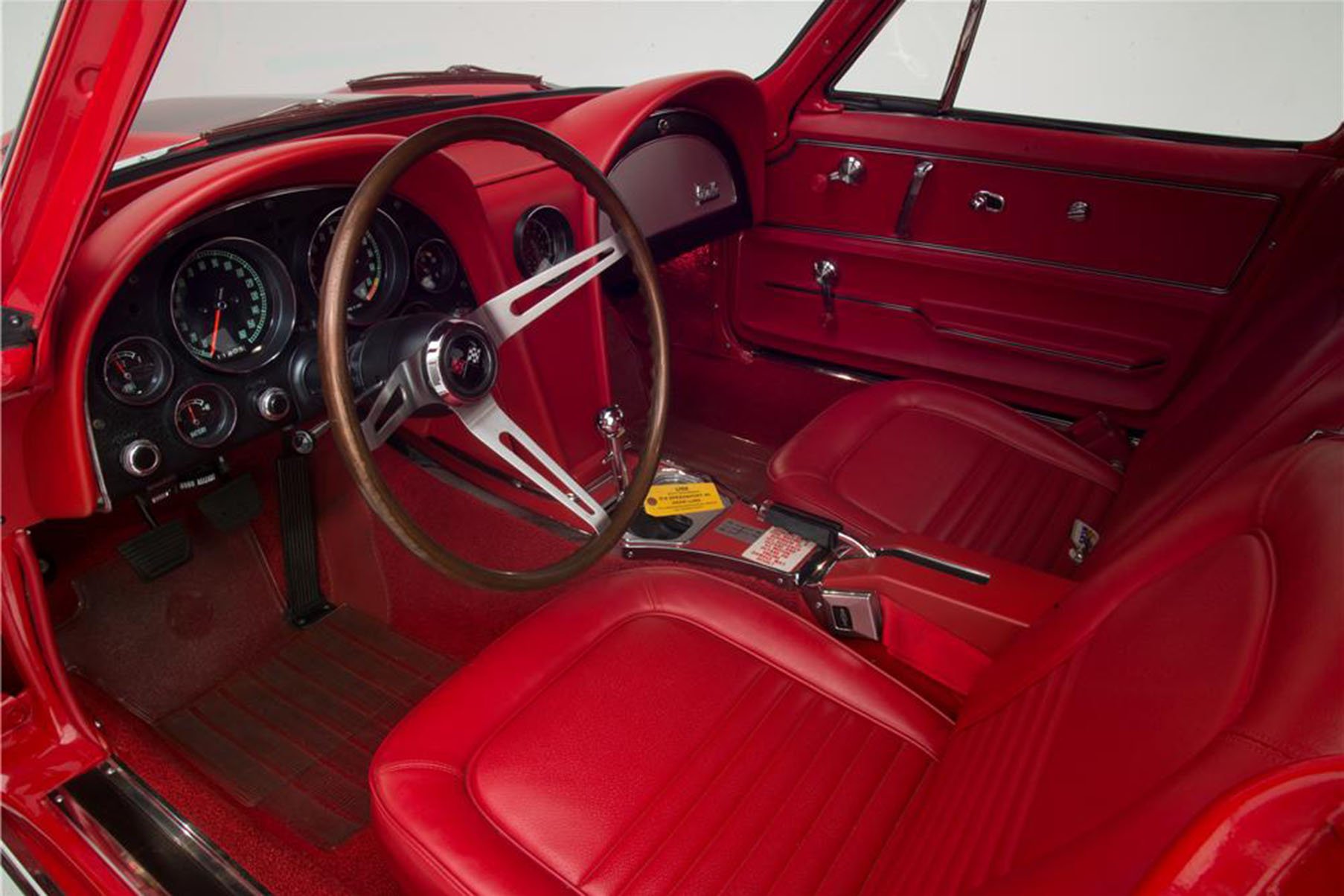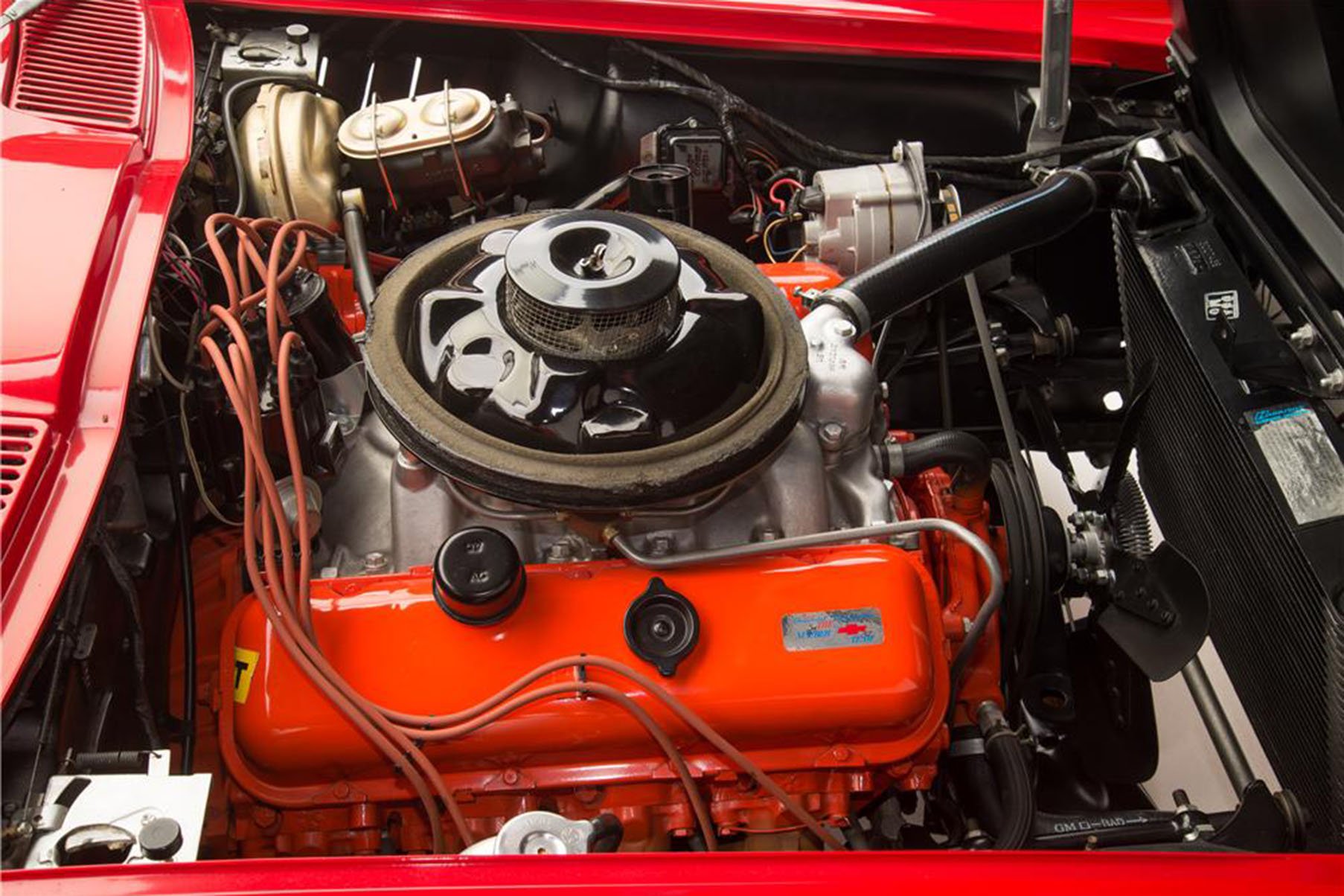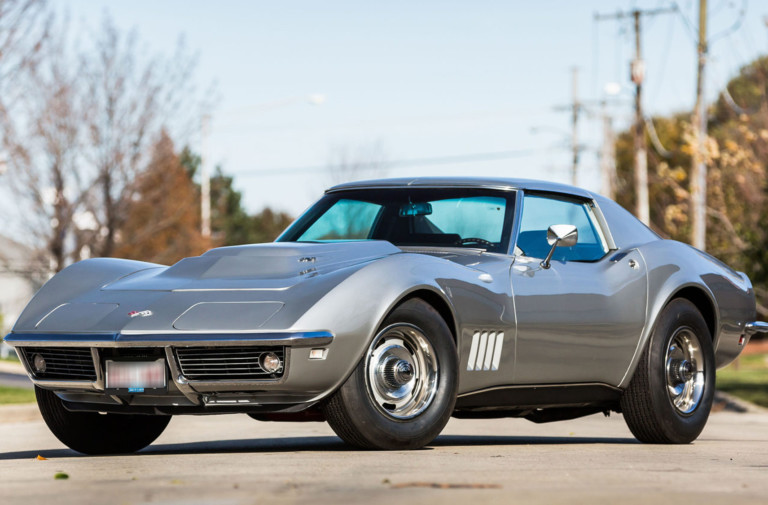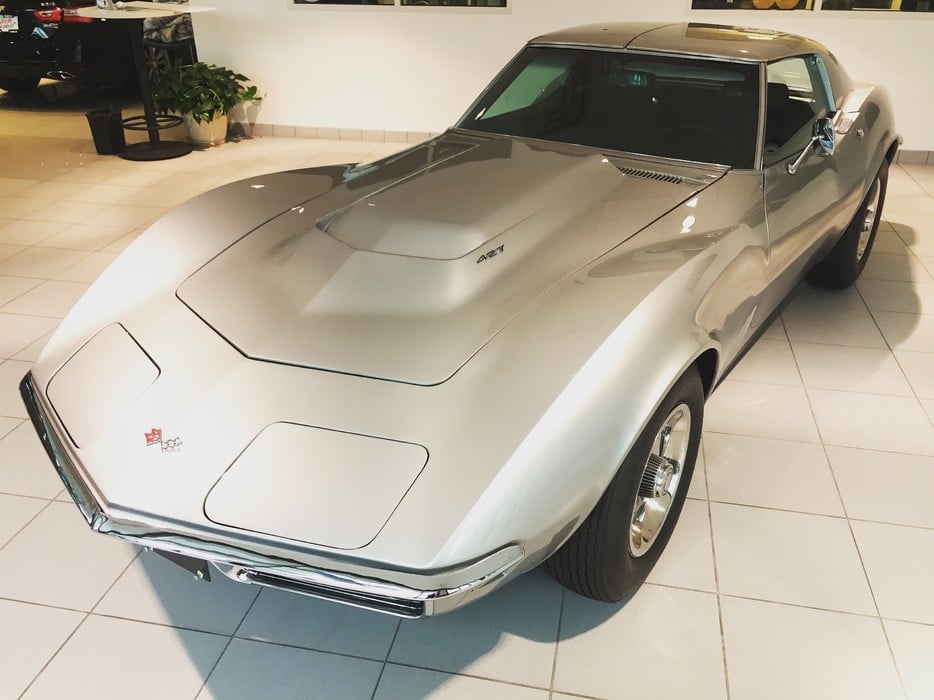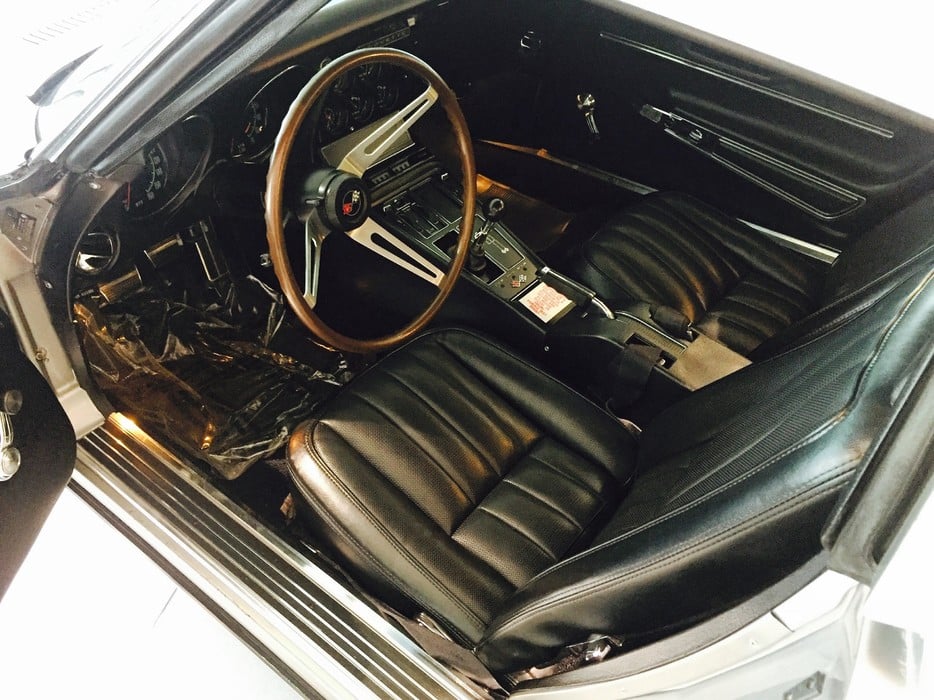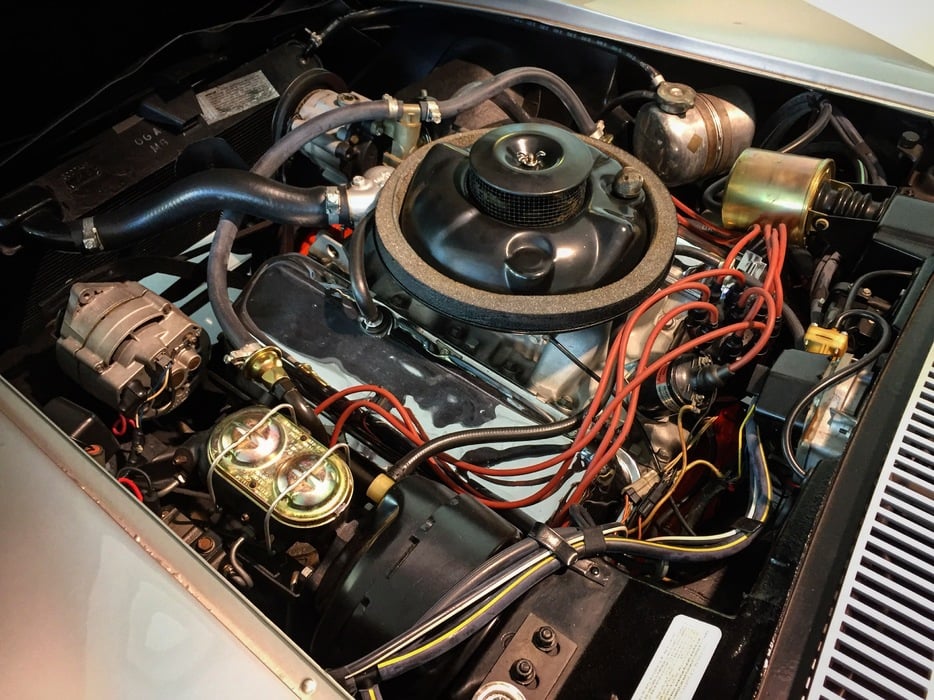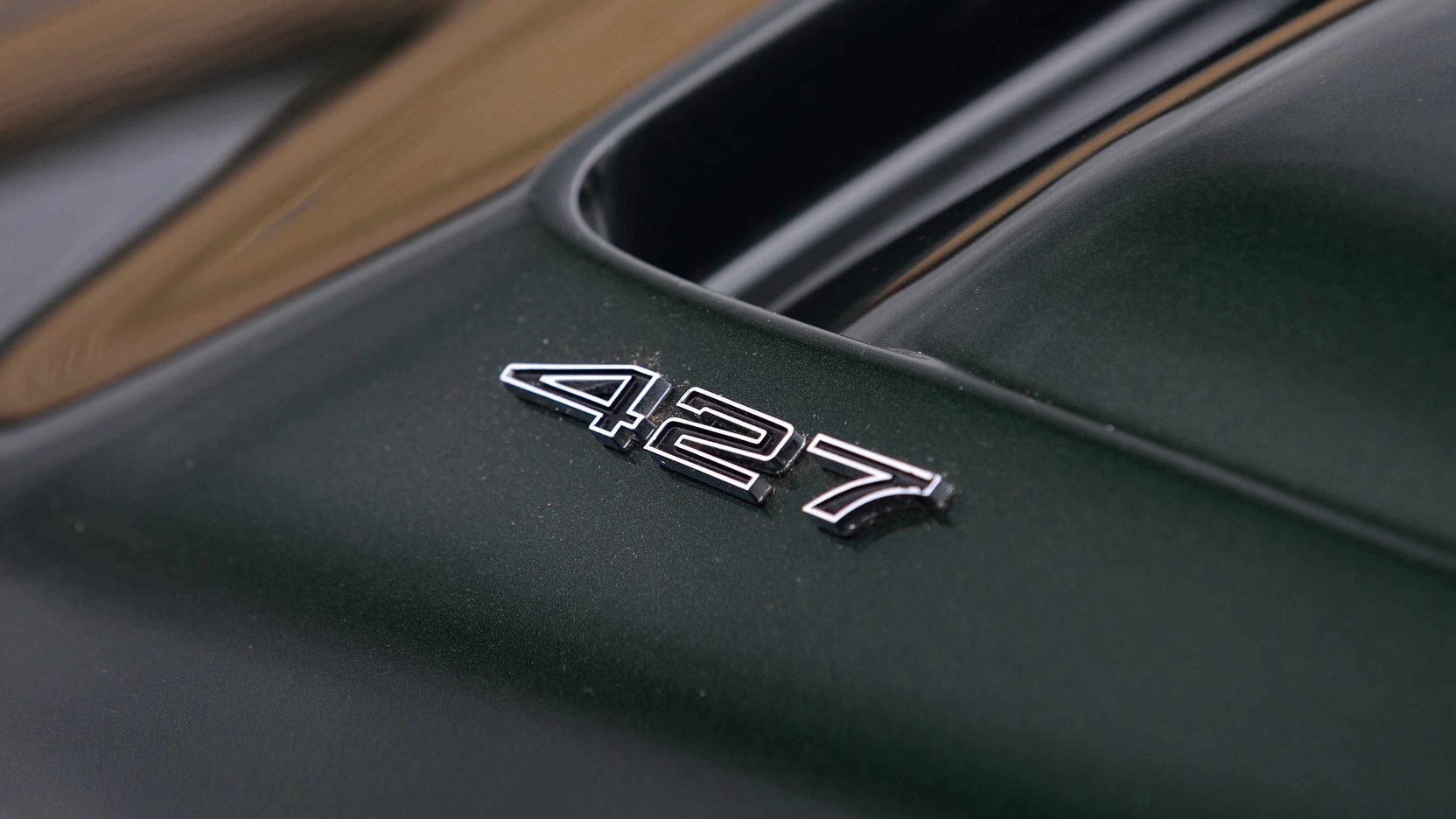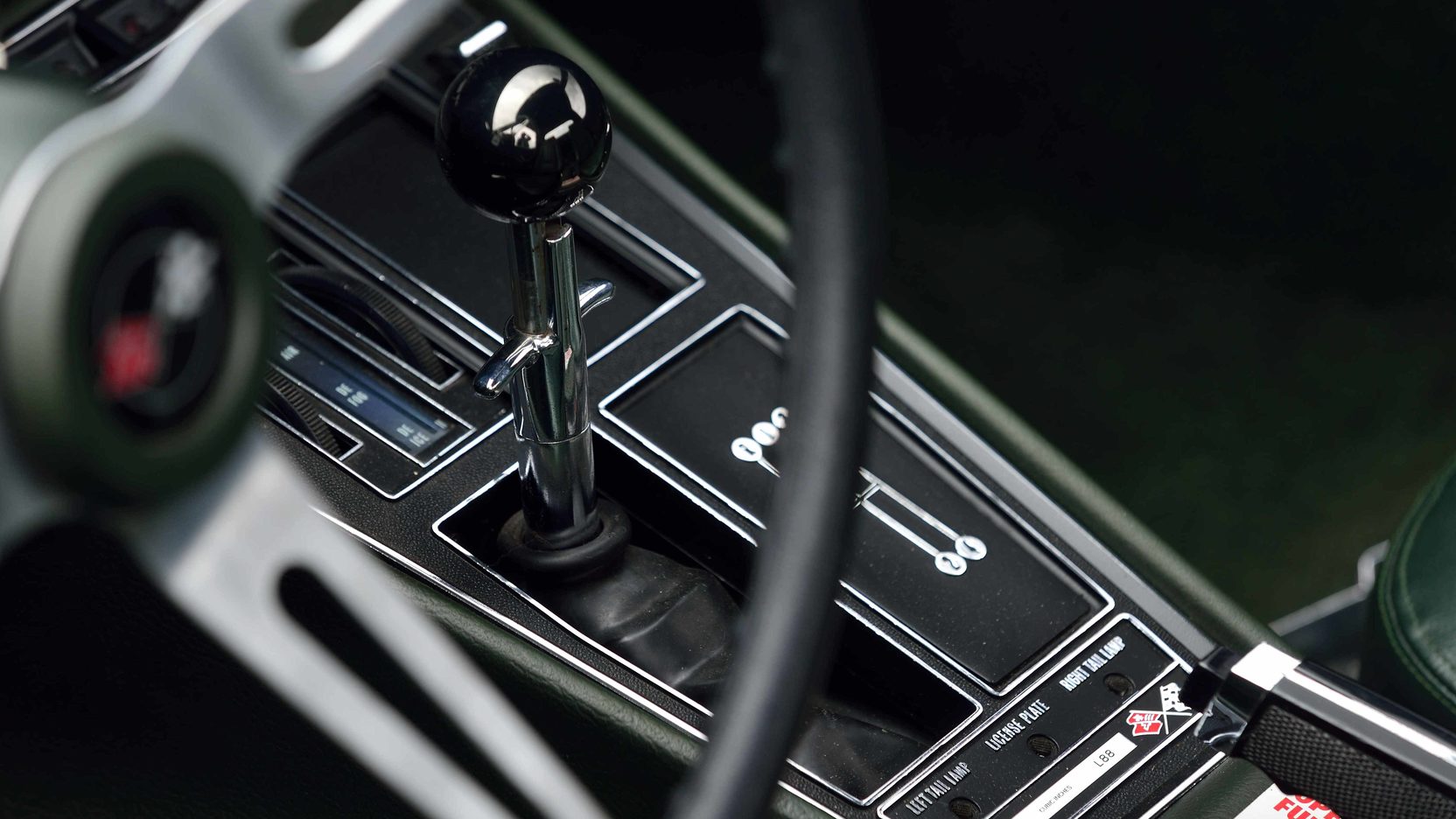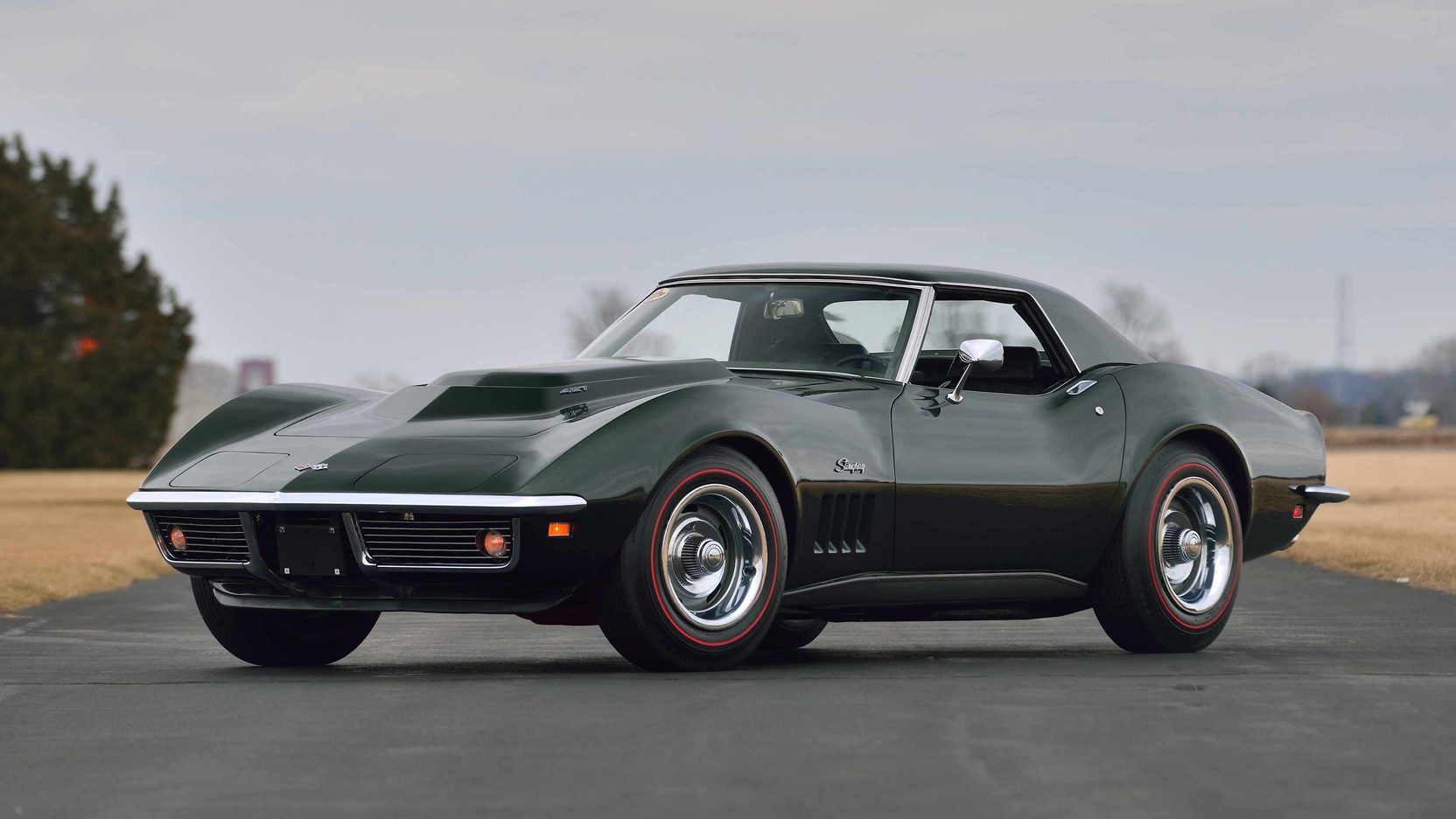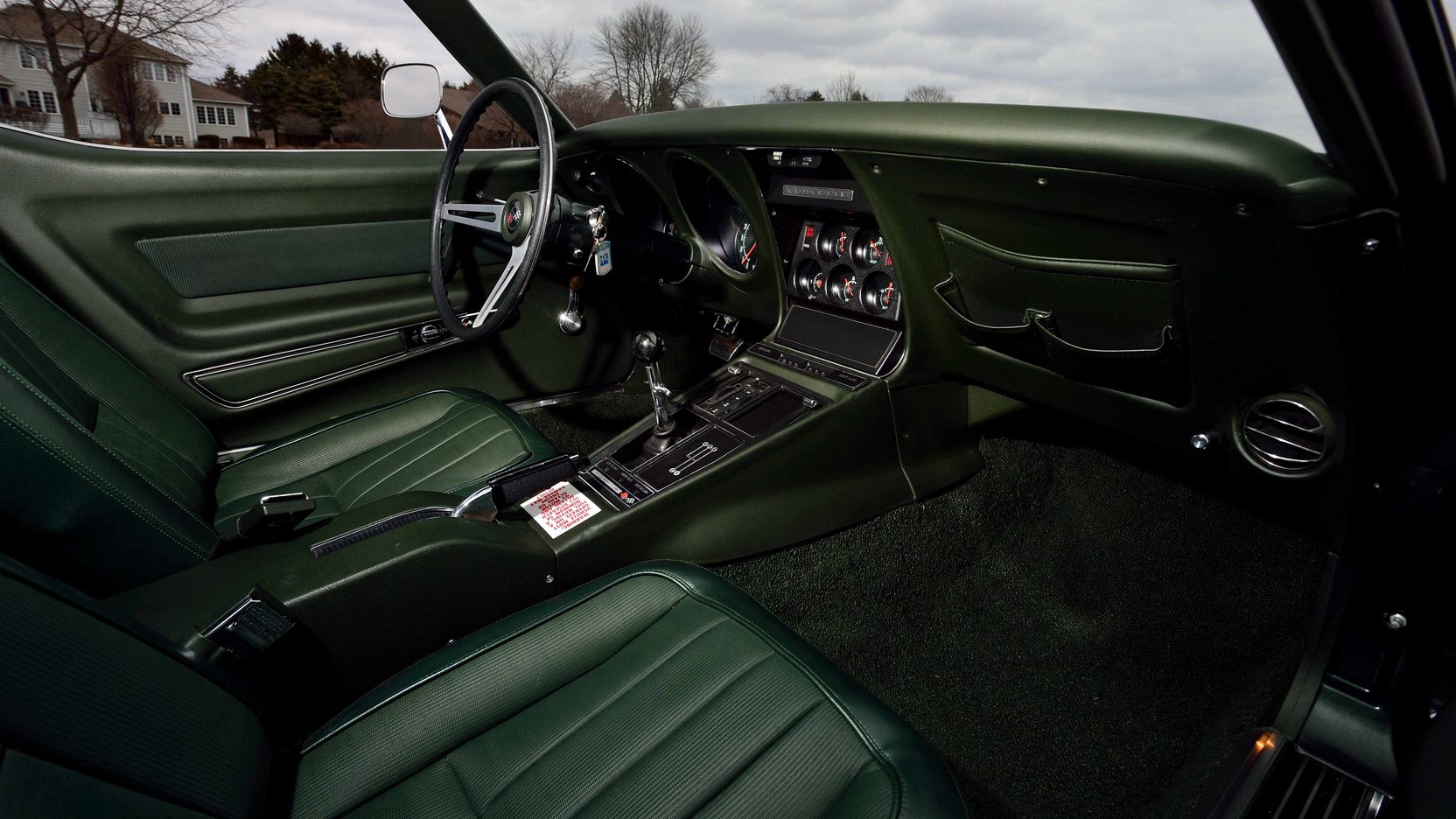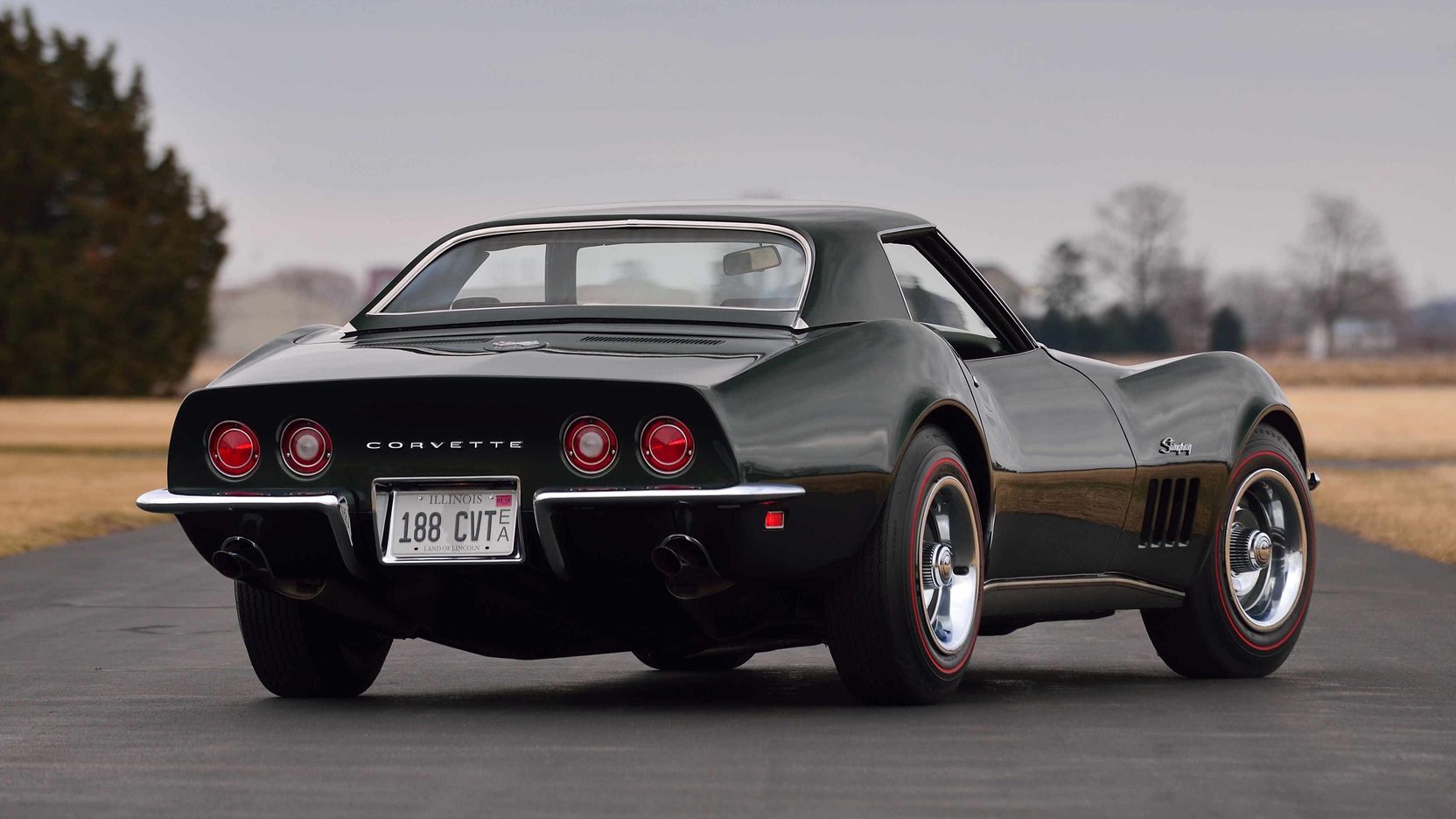By the mid-1960s, the Corvette had transformed from the original six cylinder runabout roadster into a world-class sports car of the highest order. With the debut of the second-generation Corvette in 1963, GM engineer Zora Arkus-Duntov and his team had upped the ante significantly, giving the Corvette a wild and futuristic silhouette that was shaped in part through wind tunnel testing, while improved weight distribution coupled with a new independent rear suspension had enhanced handling significantly, giving engineers an even more capable template to push the performance envelope further than ever before.
As avid about racing as he was about engineering, Duntov played a pivotal role in the Corvette’s rapid ascension up the sports car food chain in the years prior, and he had helped spawn both the Z06 and lightweight, motorsport-specific Grand Sport models, which were developed alongside the standard C2 Corvette. But these models were aimed directly at racers and race teams rather than casual enthusiasts, and their uncivilized tuning coupled with a high price tag kept most buyers away.
Although there are a number of special Corvette models that have become extremely valuable over the years, very few command values in the seven figure range. This '67 Corvette Stingray L88 is one of twenty examples produced that year, the only year that the L88 option was available in the second generation Corvette, making this one seriously rare big block Corvette. It sold for $3.85 million at Barrett Jackson's Scottsdale auction in 2014. Images: Barrett Jackson
Also working against these competition-focused models was an industry-wide ban on direct factory involvement in motorsport. It was a loosely followed edict that had been in effect since 1957, following a tragic crash at the 1955 24 Hours of Le Mans which claimed the lives of dozens of spectators after a factory-backed Mercedes crashed into the crowd and burst into flames.
But Zora Arkus-Duntov knew that a key element of the Corvette’s sales performance in the showroom was tied to its success out on the racetrack. Despite having his Grand Sport program shut down by GM brass after just a handful of cars were built, Duntov and his team continued to develop motorsport-focused hardware for the Corvette as the second generation car matured. Along with other high-performance variants, this would result in the Corvette Stingray L88 – one of the rarest, most valuable, and potent road-legal Corvettes ever developed.
The L88 Formula
While the L88 package included a number of performance upgrades by default, the centerpiece was undoubtedly the power plant under the hood. In the mid-1960s, General Motors had specified that no vehicle smaller than a full-size could be equipped with an engine larger than 400 cubic inches, putting the 396ci L78 V8 as the top-spec motor in the Corvette for 1965.
But as impressive as the L78 was, it was being outshined by GM’s cross-town rivals at Ford – Carroll Shelby had just shoehorned a Ford big block 427 into the two-seater Cobra to great effect, and GM was compelled to respond in turn. The counter-punch was a 427 of their own – essentially a 396 with a larger 4.25 bore, an 11:1 compression ratio, and a rated horsepower figure of 425.
Following a single year as an option for the C2 Corvette, the L88 option returned for the debut of the C3 Corvette for the 1968 model year. Like other big block Corvettes, the L88 was visually distinguished from small block models most noticeably by its hood bulge. Images: Mecum Auctions
GM didn’t stop there though. For the 1967 model year, they introduced the L71. Although essentially identical to the 427 big block they’d introduced previously, this one was with three two-barrel carbs (known as the Tri-Power setup), resulting in a healthy rating of 435 horsepower. RPO L89 could be added to the L71, swapping out its iron heads for aluminum alternatives. Although output stayed the same, it provided better heat management and took 75 pounds off the front of the car. Though expensive, these 427s offered legendary performance and were widely acclaimed by journalists and enthusiasts alike.

A look at a pre-production L88 motor. Like the other 427s in Chevrolet’s roster, it was derived from the 396ci V8 but sported a larger 4.25-inch bore. But in contrast to the standard 427 and the L71 427, the L88 was uncompromised, race-spec hardware – for better and for worse. Although it was rated at 430 horsepower (and thus lower than the L71), estimates put its actual output closer to 560. But with a 12.5:1 compression ratio and a very hot camshaft, the L88 was decidedly less street-friendly than the other 427s on offer, perhaps most clearly illustrated by its requirement for 103 octane race fuel. Image: GM
But that same year, General Motors had a secret offering for those willing to sacrifice street drivability and pay the substantial price of admission. Like the L71, RPO L88 was based on the 427 big block, but this was a setup that was squarely focused on motorsport dominance with virtually no concern of street manners. Packing a compression ratio of 12.5:1, a race-spec camshaft, aluminum heads, a unique air induction system, and a single Holley 850 cfm carburetor, the L88 was notoriously underrated below the L71 at 430 horsepower, but most estimate the motor’s actual output to be in the realm of 560 horsepower.
This underrated figure, along with the astronomical price for the option, which was roughly a quarter of the price of a base model Corvette, kept the general public away from the L88. But those in the know could still get their hands on this motorsport-grade package.
This particular '68 L88 coupe will cross the block at the upcoming Russo and Steel auction in January 2017. Although the L88 package was the preferred package for many drag racers, enthusiasts got their first taste of the L88 when Roger Penske drove a Sunoco-sponsored '66 Corvette Sting Ray powered by a pre-production L88 in the 24 Hours of Daytona endurance race in 1966. Images: Russo and Steel
Still, just 20 Corvettes would be equipped with the L88 package in 1967, which added mandatory options to the spec sheet that included Positraction, heavy-duty suspension, power brakes, and the removal of the radio and heater. And because of the 12.5:1 compression ratio, L88-equipped Corvettes had to be fed a steady diet of 103 octane race gas.
The year 1968 would bring the introduction of the new third-generation Corvette, and once again, the L88 package would grace the options sheet. By now, those looking for the absolute pinnacle of Corvette performance were aware of the ruse that GM was playing on everyone with the 430 horsepower rating, and 80 L88-equipped Corvettes would be produced that year.
The option would return for a final year in 1969. Although it would prove to be the highest production year of the three, there were still only 116 L88-equipped Corvettes produced, putting the final tally at 216 examples produced.
Legacy
Models like the Z06, Grand Sport, and ZR1 might enjoy more name recognition today than the L88 for most enthusiasts, but the latter’s importance in the Corvette ecosystem is undeniable.
At a cost of nearly a quarter of the price of a base model Corvette just by itself, the L88 option didn't find many takers - which was GM's goal, at least in part. To drive buyers toward the street-tuned 427 options, the L88 was rated five horsepower lower than the L71, when in actually it was likely more than 100 hp more powerful, and the lack of a radio and a heater drove home the idea that this wasn't an ideal daily driver. As a result, only 216 Corvettes were outfitted with the L88 package throughout its three year production run, making these some of the rarest high performance Corvette models ever produced. Images: Mecum
By now, Corvette collectors have made the L88 models some of the most sought-after Corvettes in history, and the final selling price of this 1967 example at $3.85 million in 2014 bolsters the notion that these are among the most valuable Corvettes ever produced. They are perhaps only overshadowed by the hand-built Grand Sport models, of which there were only five produced in total.
From the outside there wasn't much to tip off would-be competitors that this was anything beyond a garden-variety big block Corvette. But keen observers who got a chance to look inside might notice the factory-installed radio delete plate, along with the warning sticker that specifies the use of race fuel in no uncertain terms. Images: Mecum
Unlike those aforementioned models, the L88 has never seen a revival since going out of production after 1969, which contributes to its folk legend-like status today. But big changes are rumored to be afoot for the Corvette in the next few years, including new power plants and perhaps even a mid-engine variant that will be situated above the Z06 and long-rumored C7 ZR1. Could this bring the L88 moniker back into the fray? Only time will tell.


